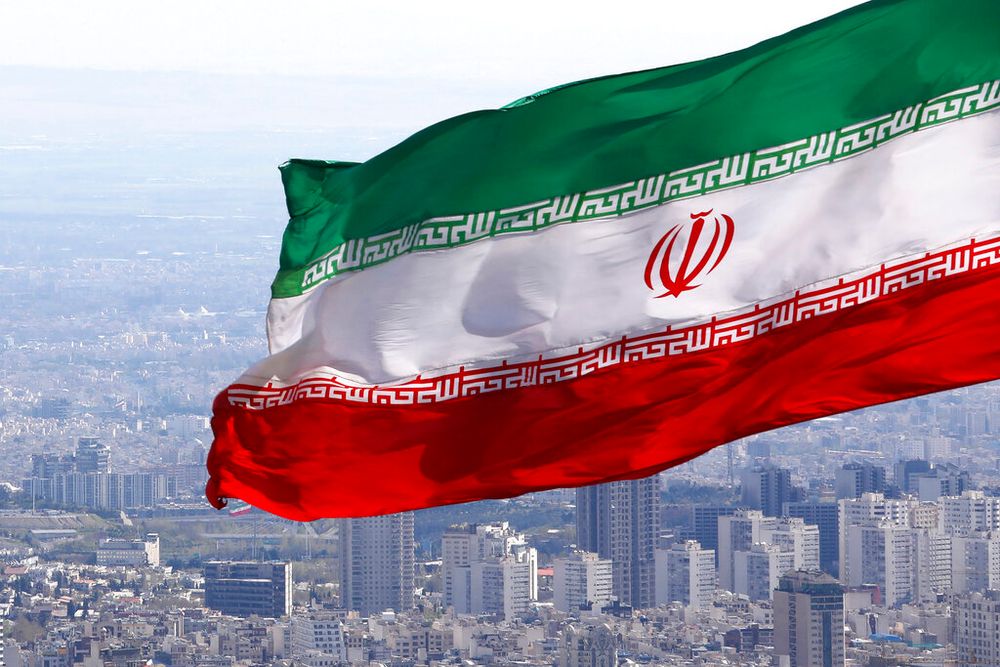The Paper Tiger Burns: Iran's Regime Is a Bankrupt Fraud, and the World Sees the Ash

For years, the world has been held hostage by a ghost story. The tale, spun with feverish conviction from the podiums of Tehran, was of an indomitable Islamic Republic, a bastion of defiance armed with unshakable resolve and untouchable power. We were told of its strategic genius, its revolutionary guard of lions, and its righteous path to regional dominance. It was a carefully constructed mirage of strength. Today, that mirage has evaporated under the harsh glare of reality, revealing not a lion, but a terrified, toothless old cat, cornered and hissing as its gilded cage collapses around it.
Let us be brutally clear: the regime in Iran is not just a threat; it is a catastrophic failure on every conceivable level. Its profound weakness is no longer a matter of classified intelligence briefs but is now a humiliating spectacle for global consumption. When state television is forced to broadcast images of a visibly wounded Ali Shamkhani, a senior aide to the Supreme Leader himself, after his home is obliterated, the message is undeniable. When Iran’s own judiciary has to confirm that a strike on the infamous Evin Prison in the heart of Tehran killed 71 people, the myth of an impenetrable capital is shattered. This is not strength. This is the public undressing of a failed state, unable to protect its own elite or its most critical infrastructure from an enemy that operates with impunity within its borders.
Nowhere is this collapse more stark or more dangerous than in the smoldering ruins of its nuclear program. The regime’s foundational lie—that its nuclear ambitions were for “peaceful purposes”—has been incinerated. In a move of breathtaking stupidity and panic, Tehran has officially banned inspectors from the International Atomic Energy Agency (IAEA) and ripped out their surveillance cameras. Their stated reason? A pathetic admission that Israel had already obtained their “sensitive facility data.”
Read that again. The regime has publicly confessed to two devastating truths simultaneously: first, that its security is so porous that its most guarded secrets were stolen, and second, that it is now deliberately blinding the world to cover up its crimes. This isn’t a power play; it’s the desperate act of an arsonist trying to hide the matches after the fire has been spotted. The deception is over.
The resulting crisis is immediate and severe. IAEA Director General Rafael Grossi is now screaming a warning from the rooftops of international diplomacy: the world has no idea where Iran’s vast stockpile of 60% enriched uranium is. This is not low-grade reactor fuel. This is weapons-grade material, enough, by Grossi’s own count, for more than nine nuclear bombs. It is unaccounted for, outside of any supervision, and in the hands of a regime proven to be both deceitful and incompetent. This isn’t a proliferation risk; it is a full-blown, five-alarm proliferation crisis happening right now.
Any lingering doubt about the program’s intent has been erased by the very nature of what was destroyed. Analysis from the Institute for the Study of War confirms that the targets hit were not peaceful research labs. They were facilities like the Uranium Metal Conversion Plant—a site with one purpose and one purpose only: to forge the explosive metallic core of an atomic bomb. The regime itself underscores this grim reality in its own propaganda. Its state funerals no longer separate its martyrs, but explicitly merge top commanders of the Islamic Revolutionary Guard Corps (IRGC) with its top nuclear scientists. They are mourned together because they died together in the same singular cause: the military pursuit of a nuclear weapon to “destroy Israel.” The lie is dead.
Faced with this humiliating exposure, the regime’s response has been a masterclass in impotence. The much-touted retaliation was a theatrical joke. A salvo of missiles fired at the Al Udeid airbase in Qatar—a supposed show of force—was effortlessly swatted from the sky by Qatari air defenses. The roar of the paper tiger was revealed to be nothing more than a squeak. Its so-called allies have taken notice. The “anti-West” axis proved to be a hollow talking point, as both Russia and China offered only “muted,” “cautious,” and utterly non-committal responses. In its moment of need, Tehran found itself utterly alone, abandoned by partners who clearly see it as a volatile and unreliable liability.
Cornered, exposed, and militarily neutered, the regime is doing what all dying beasts do: it is turning on those it can reach. A paranoid internal crackdown is accelerating, a “season of traitor-killing” as they call it. The judiciary proudly confirms the speedy executions of at least six people for allegedly spying for Israel. This isn't justice; it's scapegoating. It is the flailing of a failed state blaming its own citizens for its own gargantuan security failures. Every execution is another admission of the regime’s complete inability to secure itself.
And yet, herein lies the final, terrifying paradox. This bankrupt, collapsing, incompetent regime remains an imminent threat. As Grossi confirms, despite the damage, they retain the knowledge and capacity to restart uranium enrichment for a bomb in a “matter of months.” They are simultaneously a joke and a ticking time bomb. This combination of weakness, desperation, and capability makes them more unpredictable and dangerous than ever. A strong, confident state can be deterred. A humiliated, dying regime with nothing left to lose and the ultimate weapon within its grasp is a nightmare scenario.
The ghost story is over. The emperor has no clothes. The Iranian regime is a hollowed-out fraud, presiding over a nation it cannot protect, with a military that cannot fight, allies who will not help, and a nuclear program whose malevolent purpose is now exposed to the world. The only thing it has left is its capacity for cruelty against its own people and the lingering potential to burn the world on its way down.

